News
-
 Paleontology
PaleontologyKatydids had the earliest known insect ears 160 million years ago
Fossils from the Jurassic Period show katydid ears looked identical to those of modern katydids and could pick up short-range calls.
-
 Space
SpaceArtemis 1’s Orion capsule returned safely to Earth. What’s next?
The first test flight in NASA’s return to the moon Artemis program ended well with the uncrewed capsule splashing down in the Pacific Ocean.
By Liz Kruesi -
 Health & Medicine
Health & MedicineHow much water should you drink a day? It depends on several factors.
A study of more than 5,000 people in 23 countries finds that individual water need varies widely depending on physical and environmental factors.
-
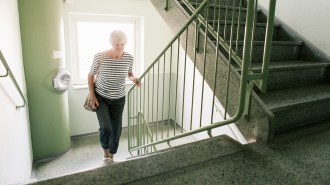 Health & Medicine
Health & MedicineBrief bursts of activity offer health benefits for people who don’t exercise
Non-exercisers who had brief bouts of vigorous day-to-day activity saw a reduced risk of death comparable to that of people who exercise regularly.
-
 Chemistry
ChemistryHow to make tiny metal snowflakes
In a pool of molten gallium, researchers grew symmetrical, hexagonal zinc nanostructures that resemble natural snowflakes.
By Nikk Ogasa -
 Math
MathThe metric system is growing. Here’s what you need to know
Science News spoke with a metrologist about the metric system’s latest update, which will help scientists interpret exceedingly big and small numbers.
-
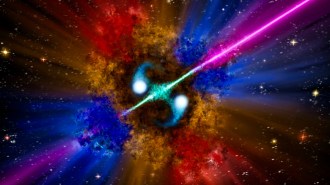 Astronomy
AstronomyA bizarre gamma-ray burst breaks the rules for these cosmic eruptions
The 50-second gamma-ray burst is the first that unambiguously breaks the rule that long bursts usually come from supernovas.
-
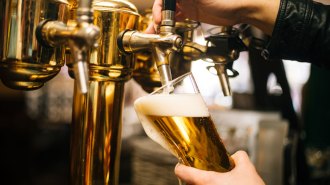 Microbes
MicrobesThe ancestor to modern brewing yeast has been found hiding in Ireland
Previously found in Patagonia and elsewhere, the brewing yeast Saccharomyces eubayanus has been found in Europe for the first time.
-
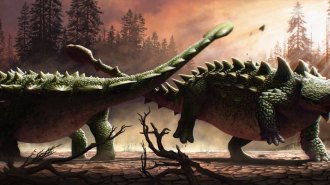 Paleontology
PaleontologyArmored dinos may have used their tail clubs to bludgeon each other
Broken and healed spikes on Zuul's flanks are consistent with the armored beast receiving a mighty blow from the tail club of another ankylosaur.
By Jake Buehler -
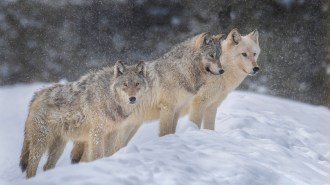 Life
LifeA parasite makes wolves more likely to become pack leaders
In Yellowstone National Park, gray wolves infected with Toxoplasma gondii make riskier decisions, making them more likely to split off from the pack.
By Jake Buehler -
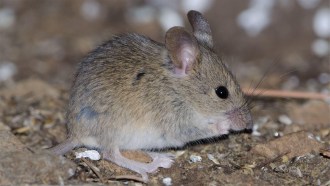 Animals
AnimalsA natural gene drive could steer invasive rodents on islands to extinction
A few genetic tweaks to a readily passed-on chunk of DNA could sterilize a mouse population, eliminating them in as little as 25 years.
-
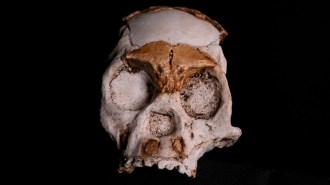 Anthropology
AnthropologyHomo naledi may have lit fires in underground caves at least 236,000 years ago
Homo naledi may have joined the group of ancient hominids who built controlled fires, presumably for light or warmth, new finds hint.
By Bruce Bower